1918 Allotment, Oxford

Between Spring and Autumn of 2021, JC Niala recreated an allotment in the style of 1918 on one of Fig’s plots on Elder Stubbs Allotments in Oxford. This online exhibition shares images and reflections from the resultant book. Entitled Portal:1918 Allotment, this formed a document of the project through poems, journal entries, and images.
The publication, designed by Julia Utreras and published by Fig, works with the following question: How do you document what happens on a piece of land over a growing season, while recognising the history that made it possible for people to be growing on that same piece of land for over a century?
You can find out more about the project on Fig’s website. JC’s book will soon be available from The MERL shop. In the meantime it can be purchased online here.

Introduction
On the 1918 Allotment, JC Niala used open pollinated, non-hybrid seeds of heritage plant varieties. She explored relations between the 1918/1919 and COVID-19 pandemics and the particular role of outdoor space and allotments within them. 1918 was also the end of the First World War, a time of hope and huge growth in allotments as a result of emergency measures to mitigate food shortages. The 1918 Allotment became a living memorial – a space of growth and reflection with visitors from across the UK and the US – and a place where they literally ate Niala’s research.
Answers to the questions posed in the project came through the poetry and prose that Niala wrote in response, combined with the artistic vision that Julia Utreras brought to the archival research carried out as a part of the project. This included research here at The MERL. Each spread from the book is accompanied by notes from Niala and Utreras detailing how they chose images and texts, and what they have attempted to convey. The online exhibition contains selected pieces of this content.
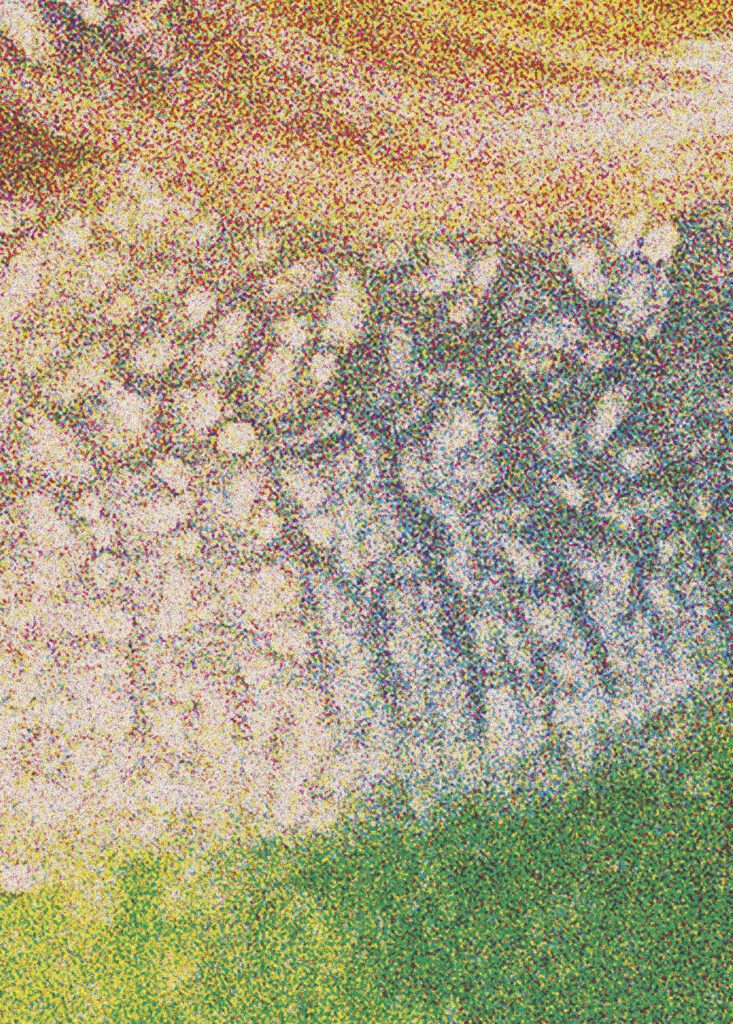
Pages 2–3
The book opens with a complex image of beauty and hope that is a close-up of a snail on a leaf. Growing on allotment plots teaches people to pay attention – particularly to things that we do not always take the time to consider in our day-to-day lives. One such tension is between the competing interests in the natural world and the ways we respond to them. Pesticides were developed to ensure that humans would be able to harvest their crops. At the same time, the creatures we do battle with are also exercising their right to life.
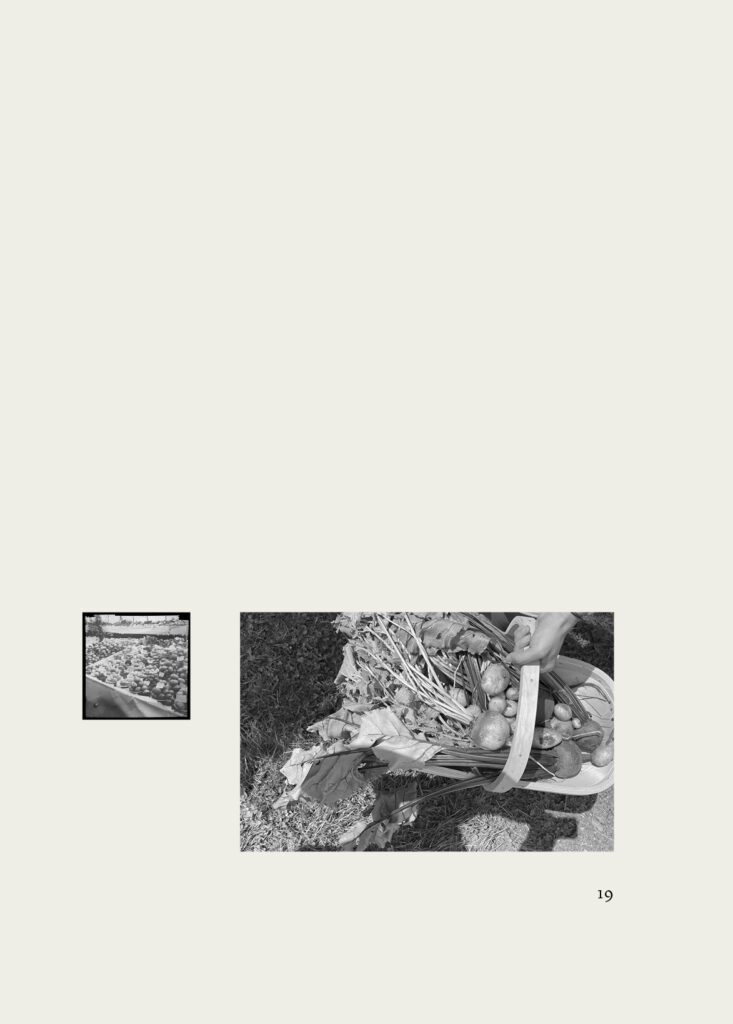
Page 19
Gardens also draw attention to time. Simultaneously – more than one type of time takes place in a garden. There is the linear time of yesterday, today and tomorrow. There is the circular time of sowing, tending, harvesting, composting and starting it all again. There is also the time in which the past and the present mirror each other and are present in each other. These archival and contemporary images placed side by side remind us of the continuing need for sustenance – across days, weeks and generations.

Pages 24–25
This cluster of images is a prompt of some of what we have lost in the passing on of knowledge about growing. The Ministry of Agriculture, Fisheries and Food was dissolved in 2002. Its responsibilities were merged into the Department for Environment, Food and Rural Affairs. Although food has stayed in the government department’s title – what does the loss of agriculture signal? What does it mean for it to be replaced (in the title) with Environment? Does the term environment suggest a separation between body and surroundings, humans and nature? Who is responsible for our collective knowledge regarding growing food?
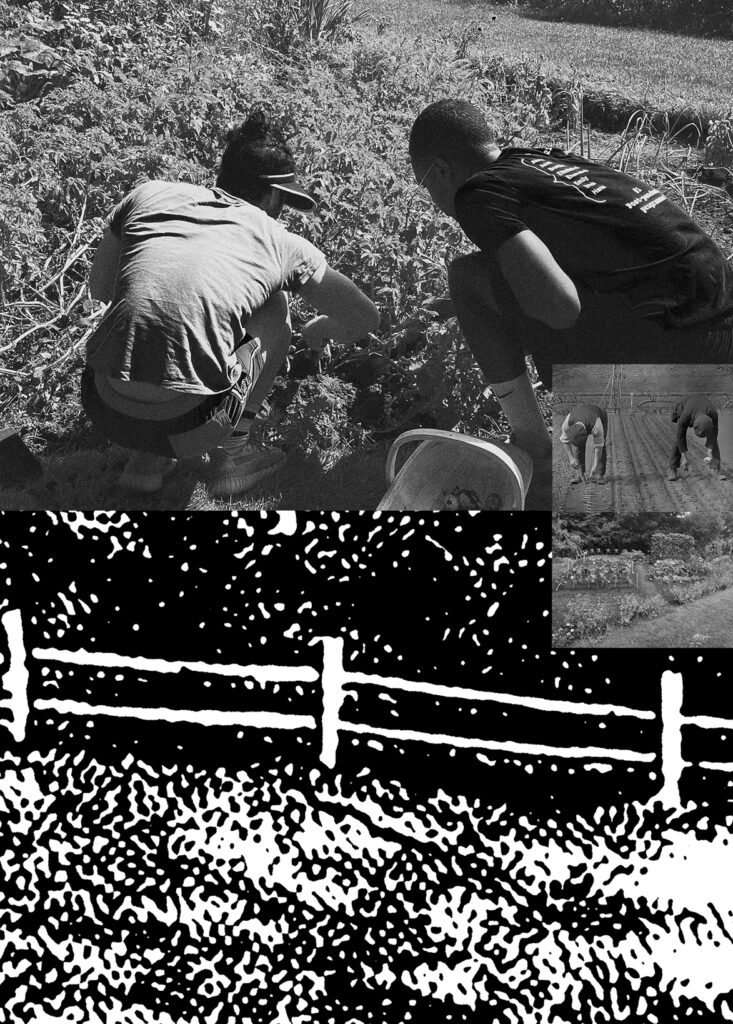
Pages 28–29
These images in which the present is reflected in the past also meditate on sowing and reaping. The two students harvesting from the 1918 Allotment were only able to do so because of the efforts of people like the two men from the past carefully sowing their crops. Limits and boundaries are also represented. Allotments are understandably and increasingly bounded by perimeter fences. The fences are a reminder of who has the right to access which pieces of land and what these rights afford now and into the future.
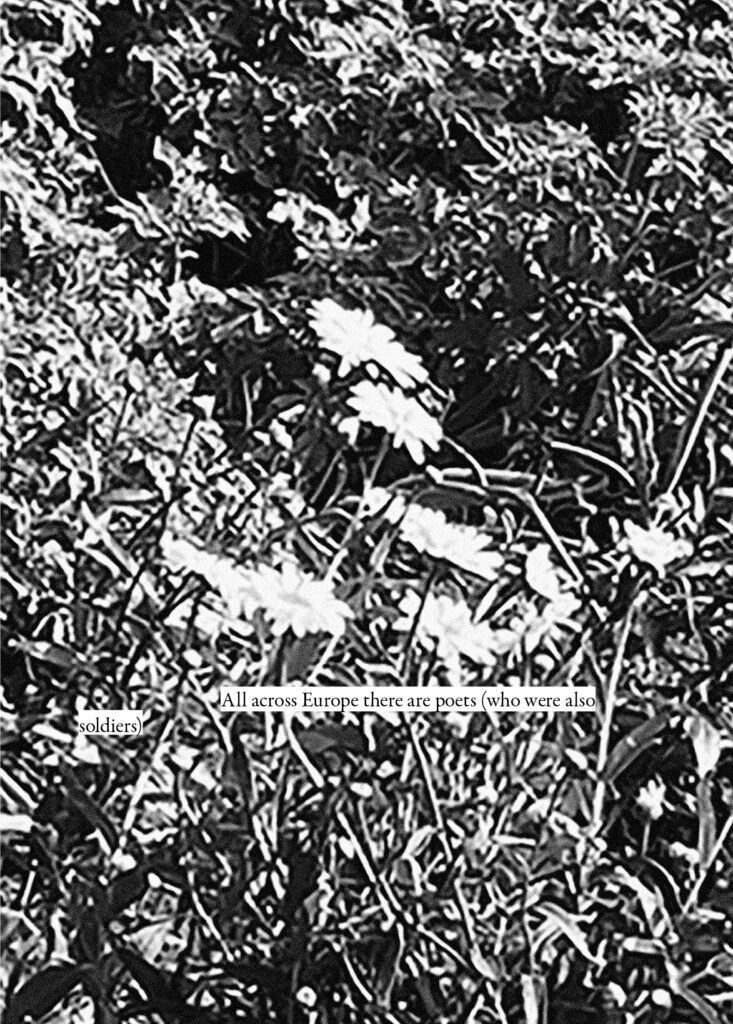
Page 43
The different theatres of the First World War took place on battlefields in Africa, Asia, Australasia, the Balkans, Russia and Western Europe. Battlefields, however, are not sealed off vacuums. The plants that are growing there continue to exercise their right to life and birdsong intermingles with the sound of shelling. This close up of the 1918 Allotment could be a First World War allotment of the type cultivated in Western Europe during the war. The line from one of Niala’s journal entries reminding us that soldiers are made – not born.
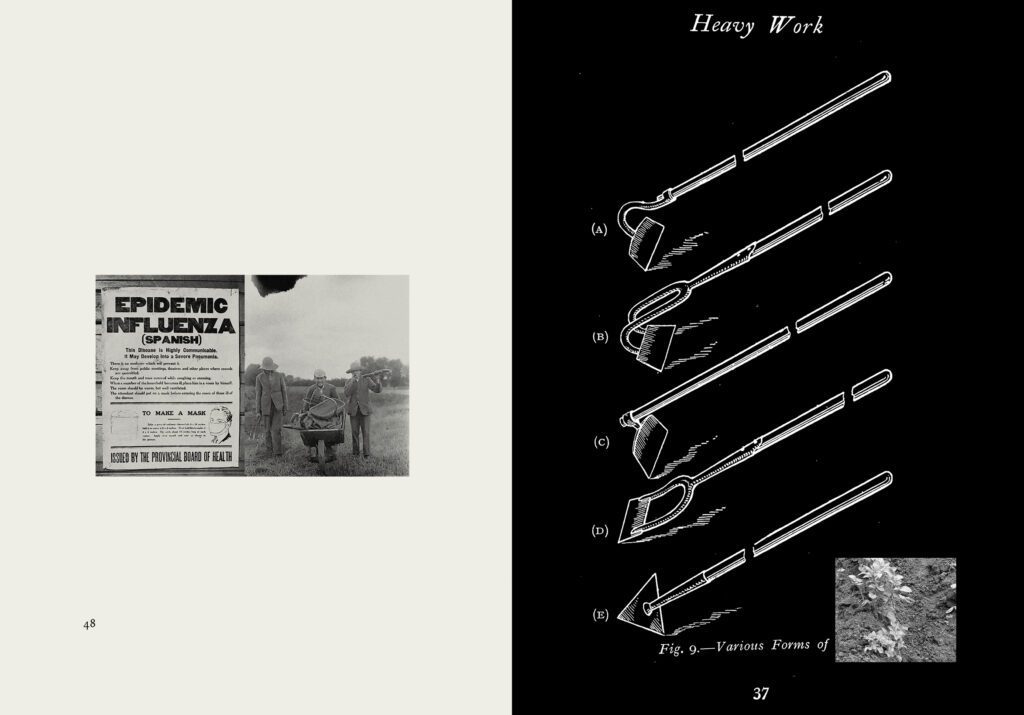
Pages 48–49
It can be easy to romanticise the growing of food. Yet, it is something that requires labour and skill. Despite all the advancements in technology that have made industrialised agriculture possible, it is startling that the basic tools that allow us to engage with the earth have not changed in centuries. The insert in the otherwise decontextualised image of the tools is a prompt to think about what is possible when we use tools and decide to grow food to eat.
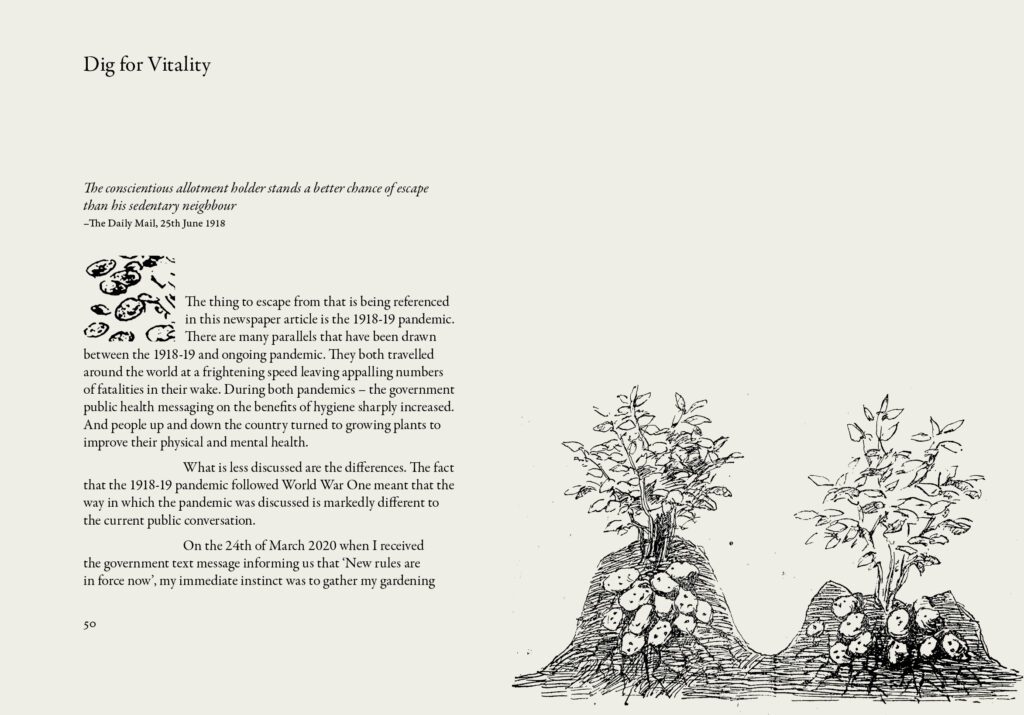
Pages 50–51
Utreras stripped back this line drawing that takes us beneath the soil into an imagination of what goes on underground as potatoes are growing. With no words or embellishments – the potatoes bring us back to the basics. For over a century, potatoes were a staple crop grown on allotments across the country. Not only is it possible to grow different varieties throughout the growing season, but they also store well through the winter. As pasta gains popularity (and requires less preparation), some have stopped growing potatoes altogether.
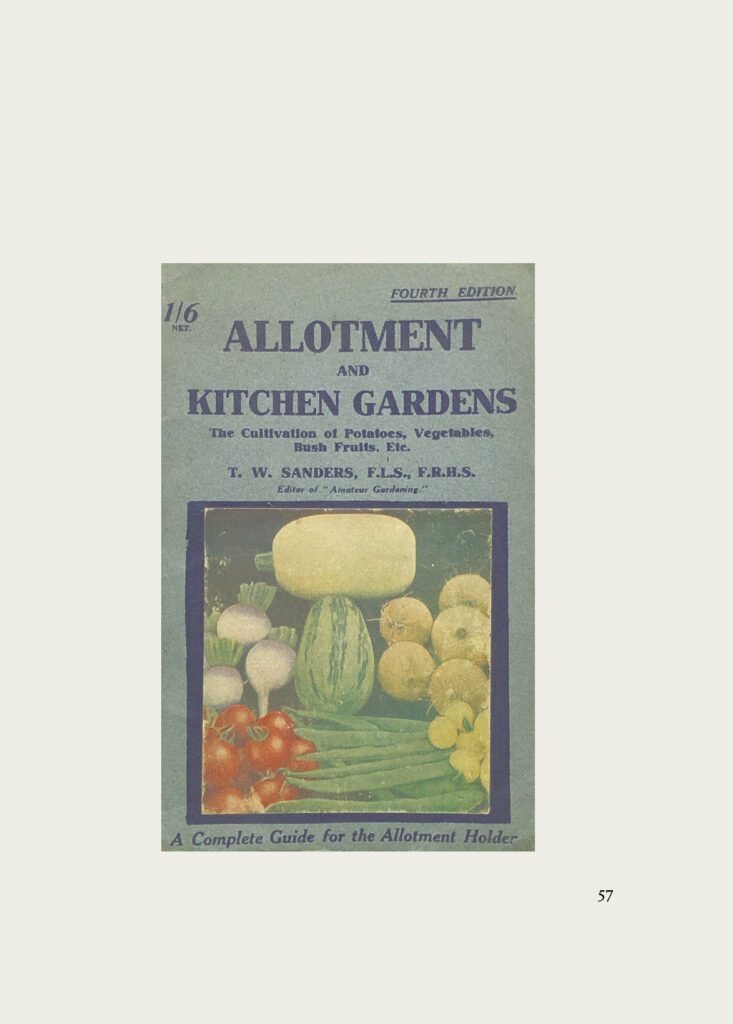
Page 57
This is the cover of the book that Niala used as her guide to recreate the 1918 Allotment. Sander’s slim volume ‘does what it says on the tin’ and covers everything that you need to know to cultivate an allotment plot in 1918 (and indeed 2022). Printing in 1918 was expensive and so the only colour images in the entire book are on the cover. The enticing vegetables shown are exactly the same as the staple vegetables grown on allotment sites over a century later, across England today.

Pages 61–62
This in all her glory was the 1918 allotment on Elder Stubbs Alottments, east Oxford. We held a series of events here including poetry readings and visitors were invited to take produce away with them.
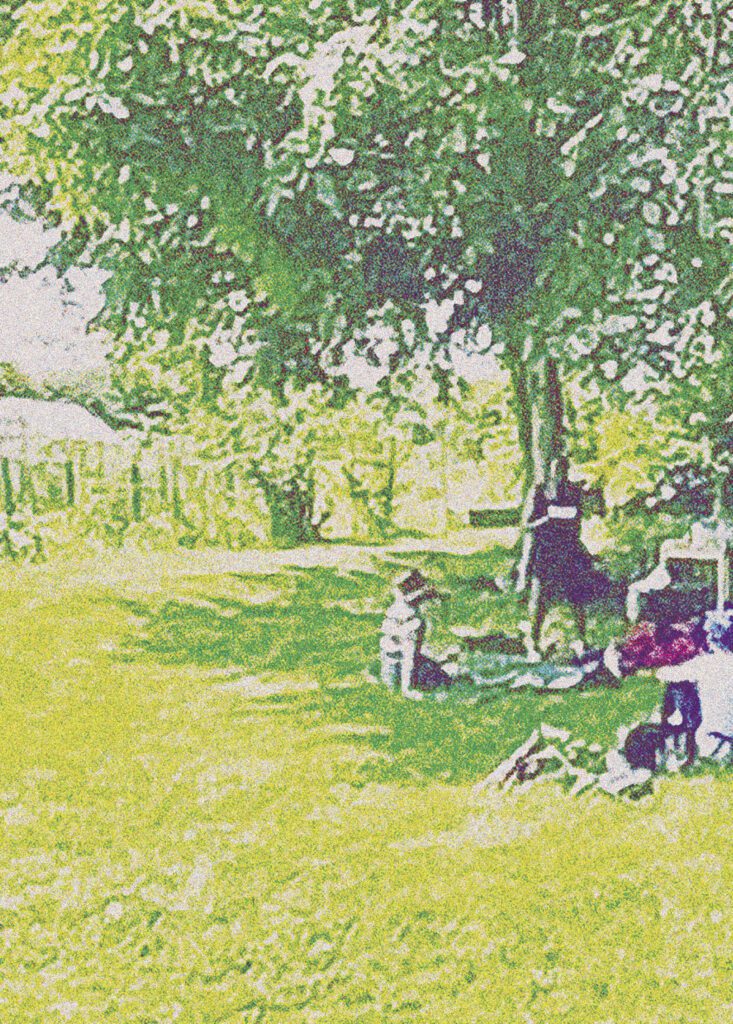
Page 81
An impression of Niala giving a poetry reading at the 1918 Allotment.
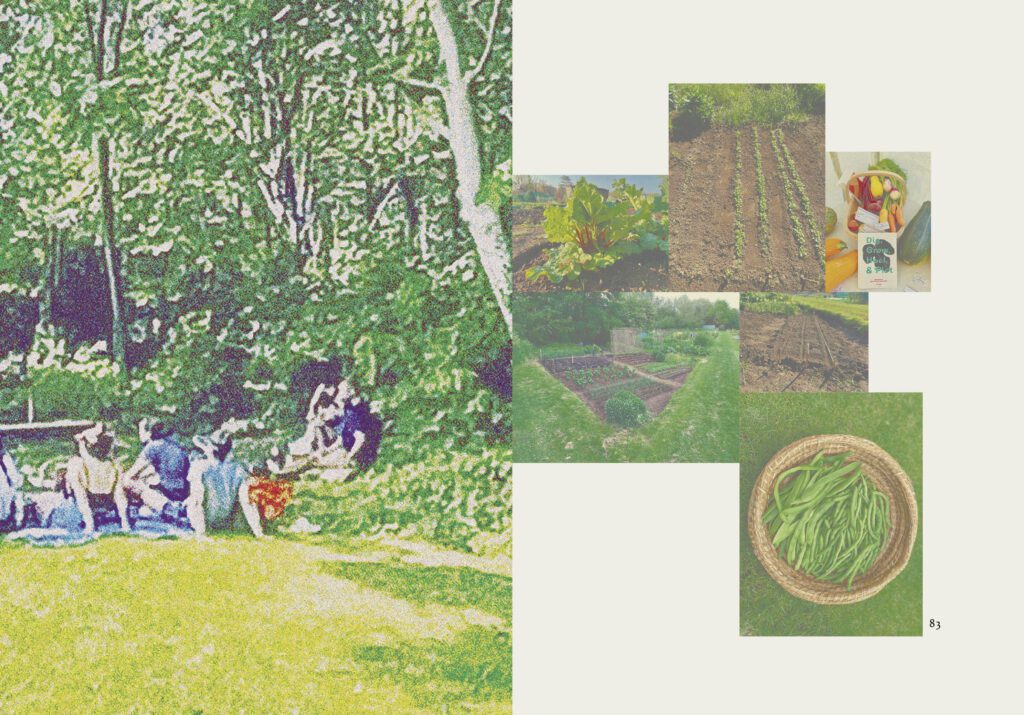
Pages 82–83
Visitors to the 1918 Allotment shared their memories but also made new memories. The sharper images on the right give a sense of what went into making those magical summer days at the 1918 Allotment possible. Contained within them is the winning entry of vegetables to the annual allotment competition where the 1918 Allotment won ‘Best in Show’. Allotment competitions are one of the events that bring growers on allotments together as a community – the competitions also took place on WW1 Allotment sites.
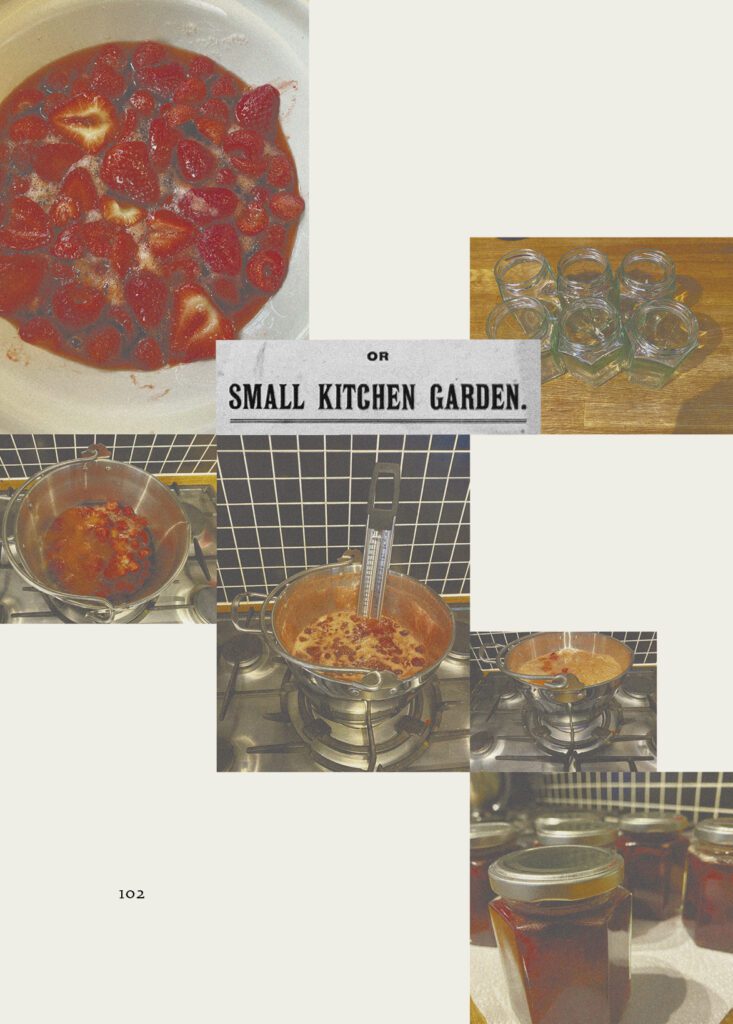
Page 102
Visitors to the 1918 Allotment ate jam made from strawberries grown on the plot. The strawberry plants were already on the plot when the 1918 Allotment project started. The process of making jam is a microcosm of how allotments cause time to stretch. Whoever originally planted the strawberry plants reached through into the future and touched the taste buds of visitors to the allotment site. The insert in the image reminds us that for over a century allotments have also been seen as ‘detached gardens’ and still part of the home.
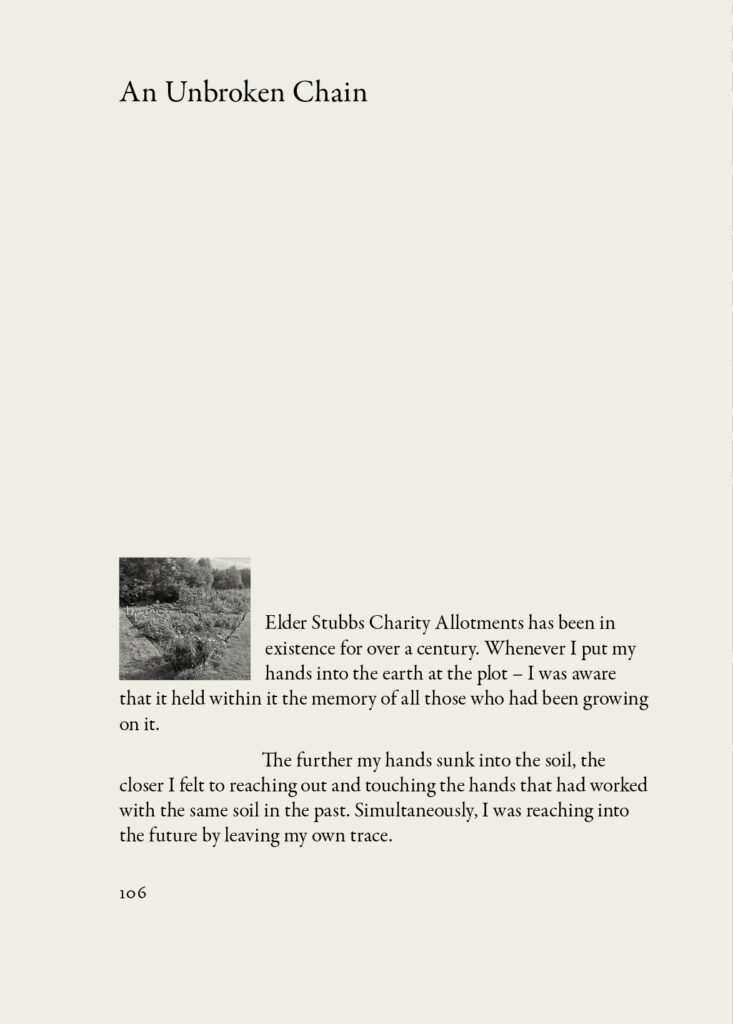
Page 106
At the beginning of each journal entry in the book, Utreras placed a ‘window image’. This one reminds us that we are living in what is already someone else’s past. And when we look into the future in 100 years, we imagine someone growing on the 1918 Allotment plot too.
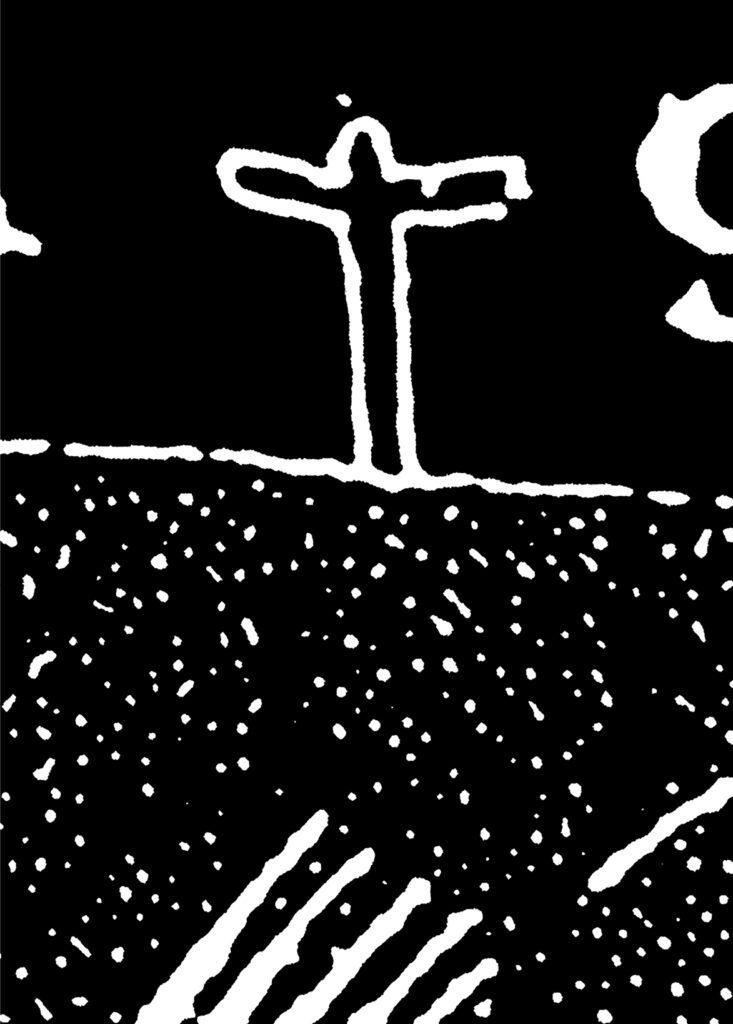
Battle of Tanga, 3–5 November 1914
Battle of Tanga, 3–5 November 1914
It matters where you place a war
but no white man cared to trace African soils
so enclosed in trenches of tropical heat
Askaris fought Wahindi
As outnumbered German troops
were not outgunned.
Sleepless bees descended like vuli rains
Stinging cornered foreign forces
caught between sword and sea.
Who knew that bees could win a battle?
Their lives a routine sacrifice
for honey we find so sweet.
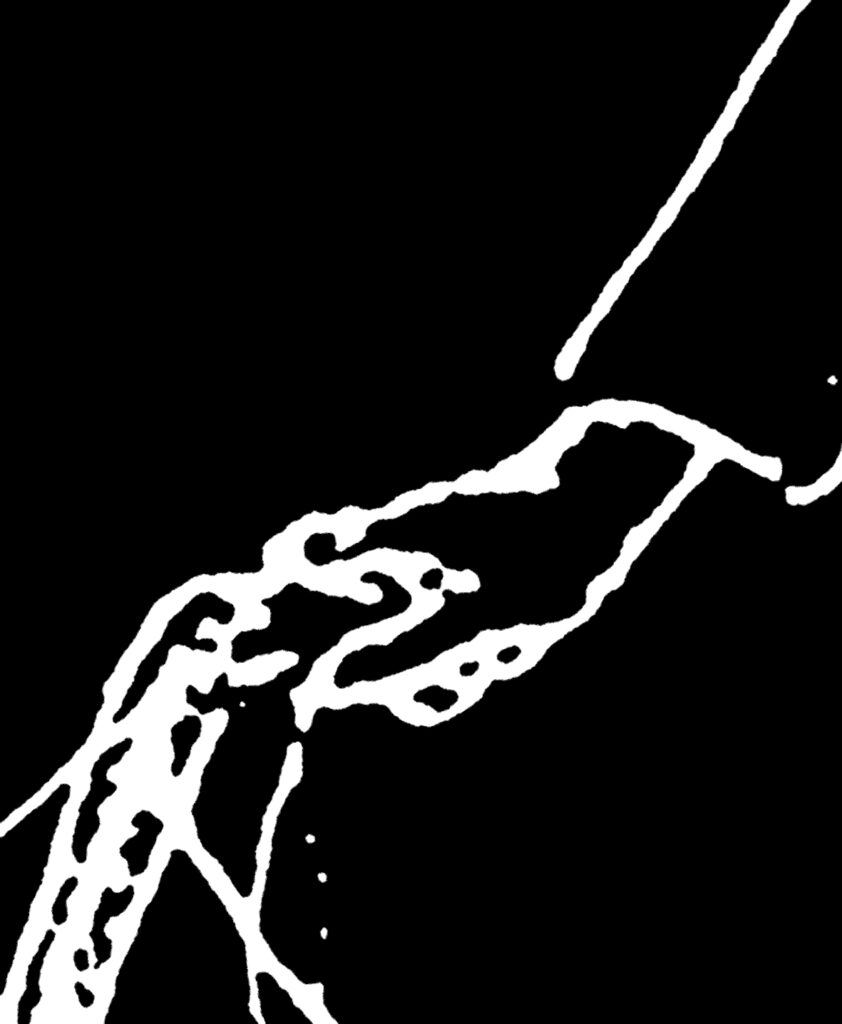
Allotment Site Blues
Allotment Site Blues
After Robin Roberston
You’d know her plot
by the tidy trenches
piles of soil waiting
for King Edward’s burial
eyes lined up to the amber sky.
You’d recognise the flimsy poppy
marking hope for an un-blighted summer
soil lined with discarded daisy chains
made for her gurgling child.
Hers is a service the men won’t notice
as they grumble about her beet
stained hands.
T’aint women’s work to drive
a spade through the dirt,
who’ll watch the baby?
Women’s work’s not on the land.
No normal lass would lift a sack of spuds
tie up the beans and spit on the ground.
T’aint right – the men say, they’ll be sure to keep her pension
here’s the proof, her behaviour’s unsound.
They don’t know the letters have stopped coming.
Her tears – not spit – bind and form the clay.
In the still of a clammy summer’s evening
when she reaches for fruit from the highest bough
I’ll wait, ready to catch her, should she fall.
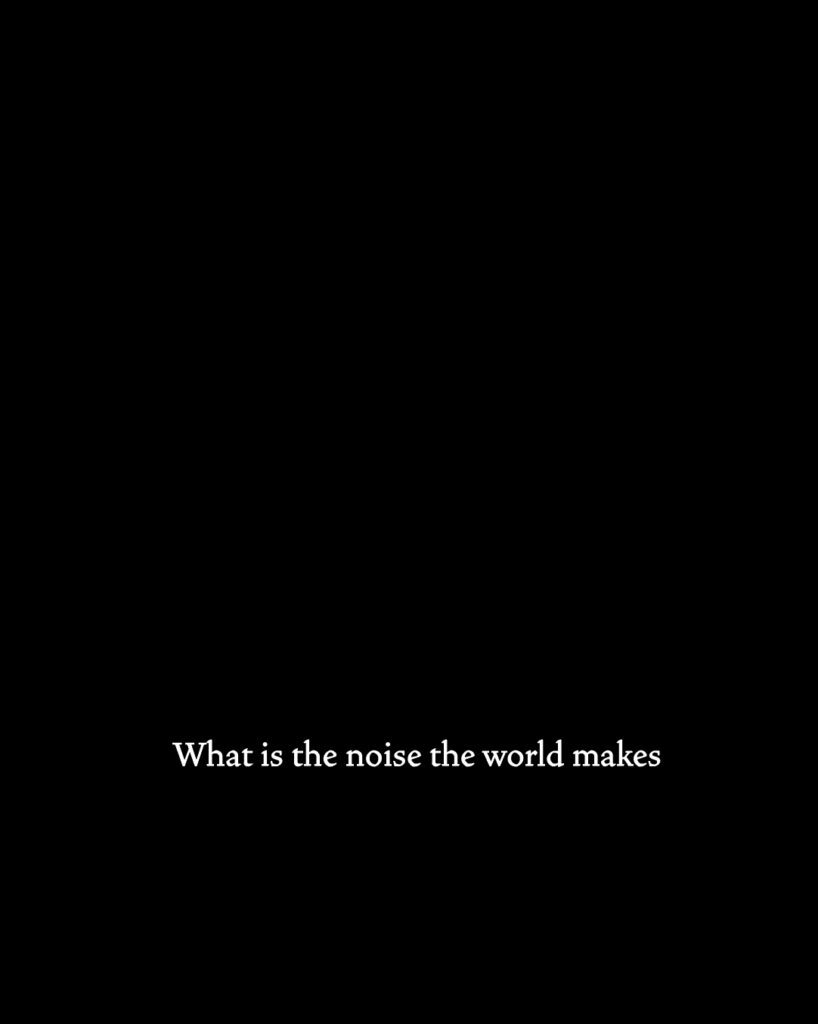
Covid Sounds
Covid Sounds
Without the whine of traffic,
we could hear plants grow
along with sounds we thought
did not exist.
We became Buddhists musing on the koan
What is the noise the world makes
when everyone stays home?

Portal: 1918 Allotment
Copies of the book ‘Portal: 1918 Allotment’ will soon be available from The MERL shop. In the meantime, copies can be purchased from Blackwell’s (Broad Street, Oxford, and online here) and from the Old Fire Station, Oxford.
For more from JC Niala why not check out her guest contribution to our Changing Perspectives blog series. She also contributed towards The Commons: A Gathering.